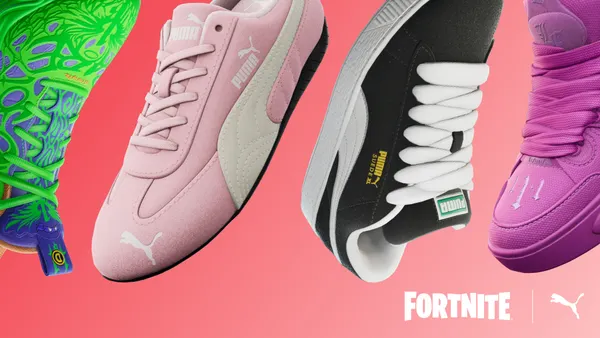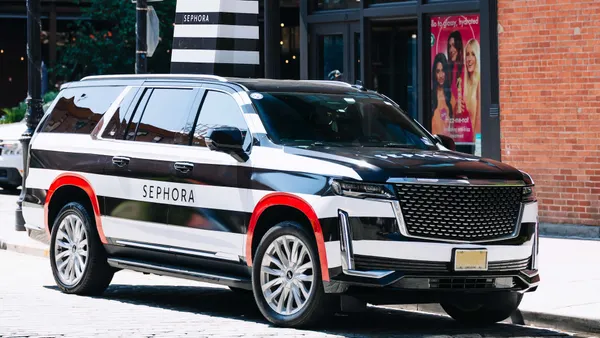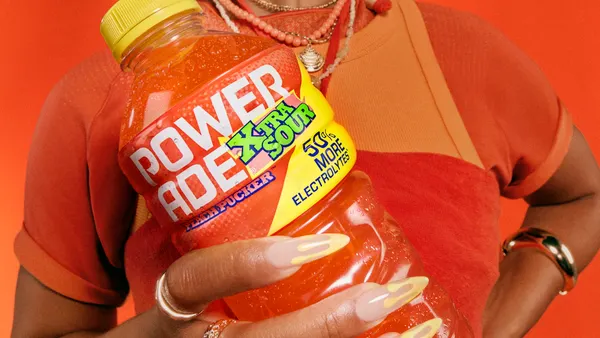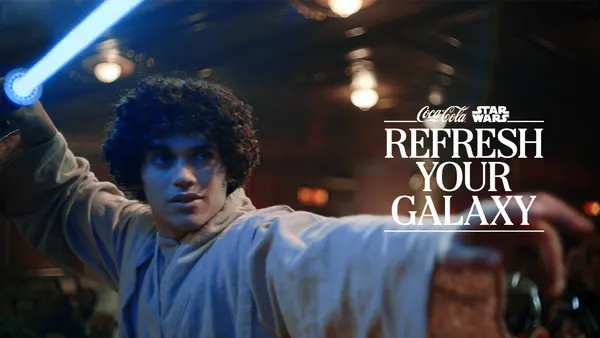Dive Brief:
-
Twitter this week began a pilot program that alerts consumers about upcoming product drops, according to a blog post. The shopping feature gives brands a way to grab the attention of consumers and build excitement for limited-edition or highly sought-after merchandise.
-
Twitter’s product drops let businesses tweet links to upcoming shopping events and give users a way to sign up for in-app reminders that the sale is about to begin. Twitter users who click on the notification will see a “Shop on website” button to buy the item at a merchant’s website.
-
Menswear retailer Union Los Angeles and Fossil’s collaborations with designer Jeff Staple are testing Twitter’s product drops, along with brands like Home Depot and Dior. The tool is indicative of how Twitter is experimenting with more commerce-oriented ideas as it feels increased pressure to diversify revenue streams.
Dive Insight:
Twitter’s test of product drop announcements offer another sign that the company is pushing harder into social commerce. It previously experimented with formats like livestreamed shopping around the holidays. Social commerce is forecast to generate $79.6 billion in U.S. retail sales by 2025, more than doubling last year’s $36.6 billion, according to the researcher eMarketer.
Product drops are well suited for Twitter, whose key differentiator is its immediacy in distributing news and information among its 229 million users. Assuming its pilot program is a success, more brands will have an opportunity to add the feature to their arsenal of promotional strategies. During the pilot phase, the feature is only available in the U.S. to people who use Twitter in English on iOS devices.
Product drops, flash sales and private events have become a more common way for brands and retailers to raise awareness among consumers, especially their most devoted customers. Streetwear retailer Supreme is an oft-cited example of a business whose guerrilla-style marketing helped to amass legions of loyalists, or “hypebeasts,” who are willing to stand in line outside its stores for hours to get a chance to buy exclusive items with Supreme’s red-and-white logo.
Product drops are especially popular among younger shoppers, with 60% of millennials and Gen Z consumers saying they had participated in a sales event in the prior month, compared with only 22% of baby boomers, according to a study by Pymnts.com and Scalefast. Their survey found that 28% of millennial and Gen Z consumers learn about sales events through social media, making Twitter’s entry into product drop announcements more likely to reach responsive shoppers.
The tests come as Twitter expands features to support e-commerce, which has become a bigger priority for social media companies as they face growing competition from retail media networks for advertising dollars. With companies such as Amazon, Walmart, Target and Kroger ramping up their advertising sales, U.S. retail media ad spending is forecast to expand 31% this year to $41.4 billion and by 26% next year to $52 billion, according to eMarketer. That spending is most likely to pressure ad sales for search engines like Google, but social media companies like Twitter may also feel the effects of shifting media budgets.
Twitter is additionally feeling pressure to innovate as iOS privacy changes impact its core ads business and a pending takeover by Elon Musk signals an even bigger shakeup is potentially in the cards.











